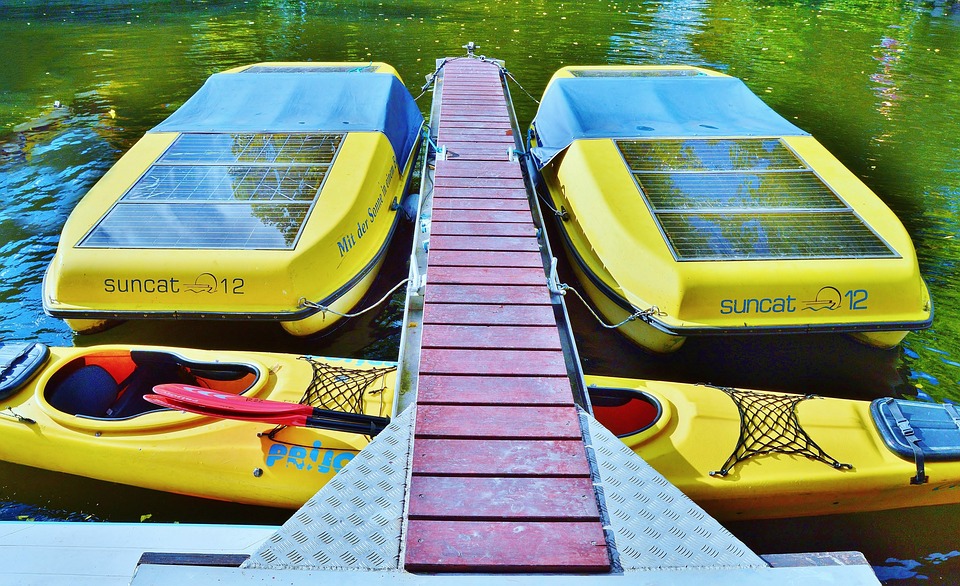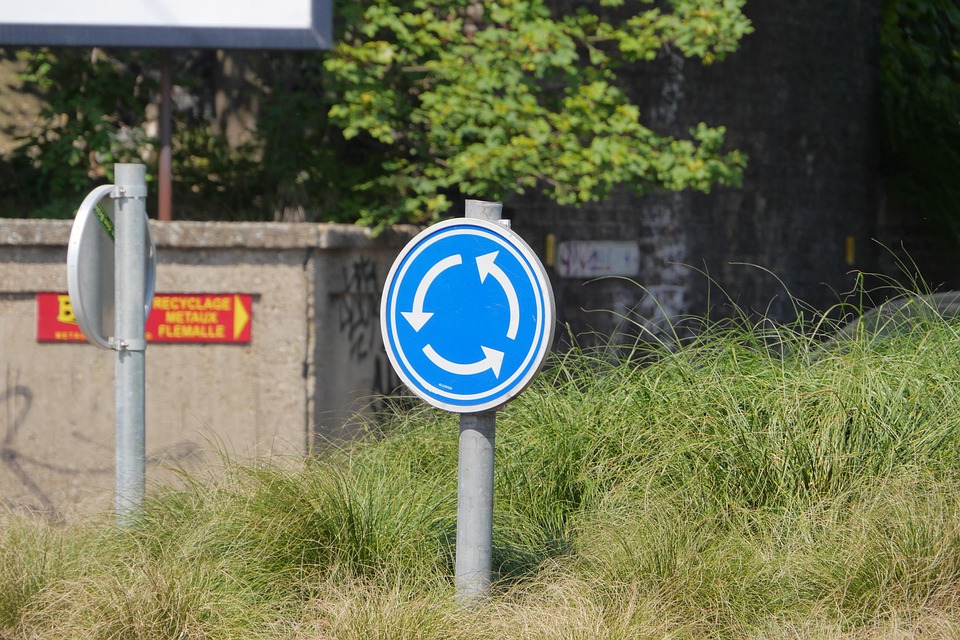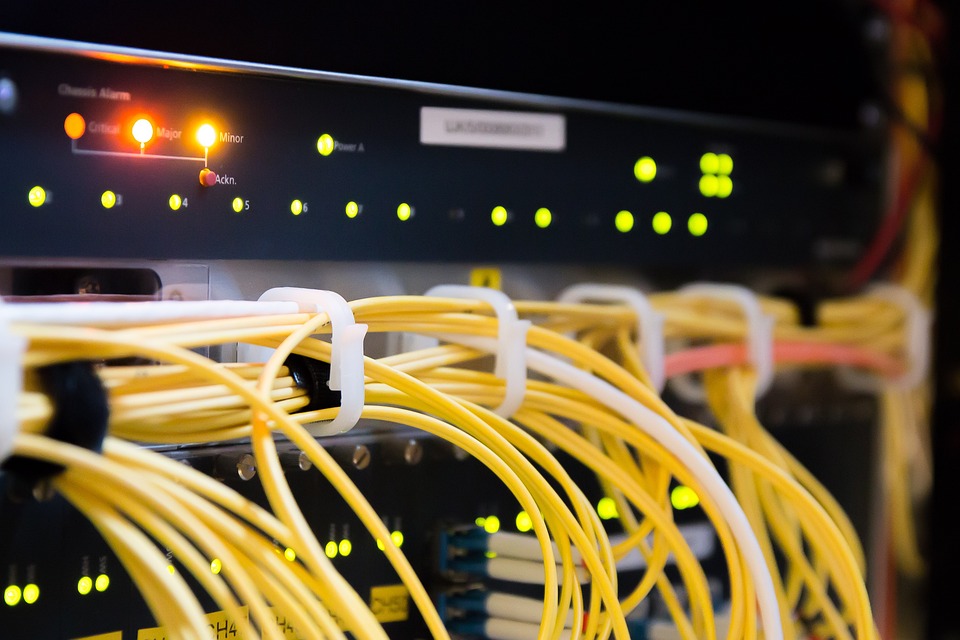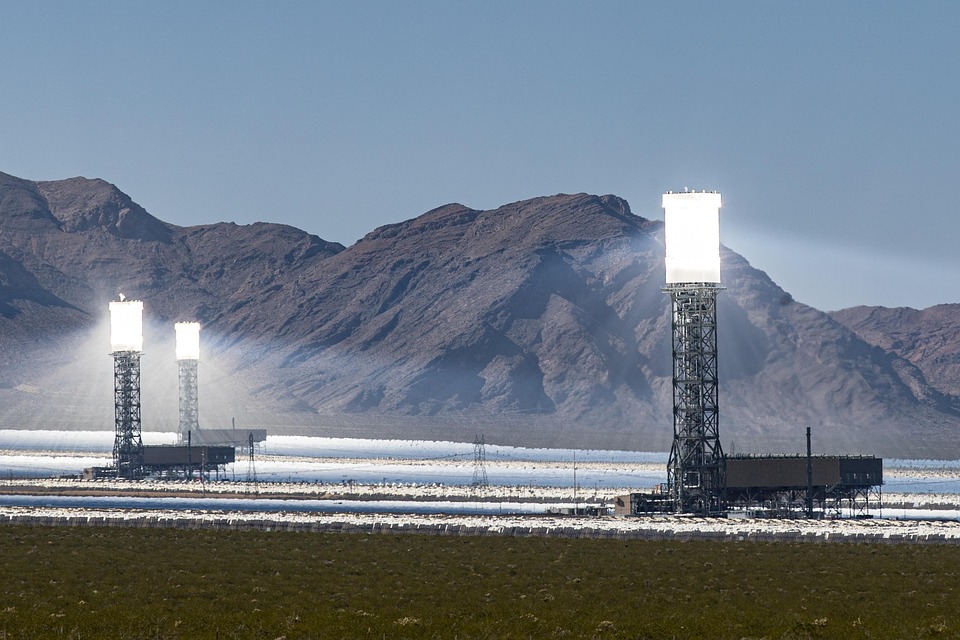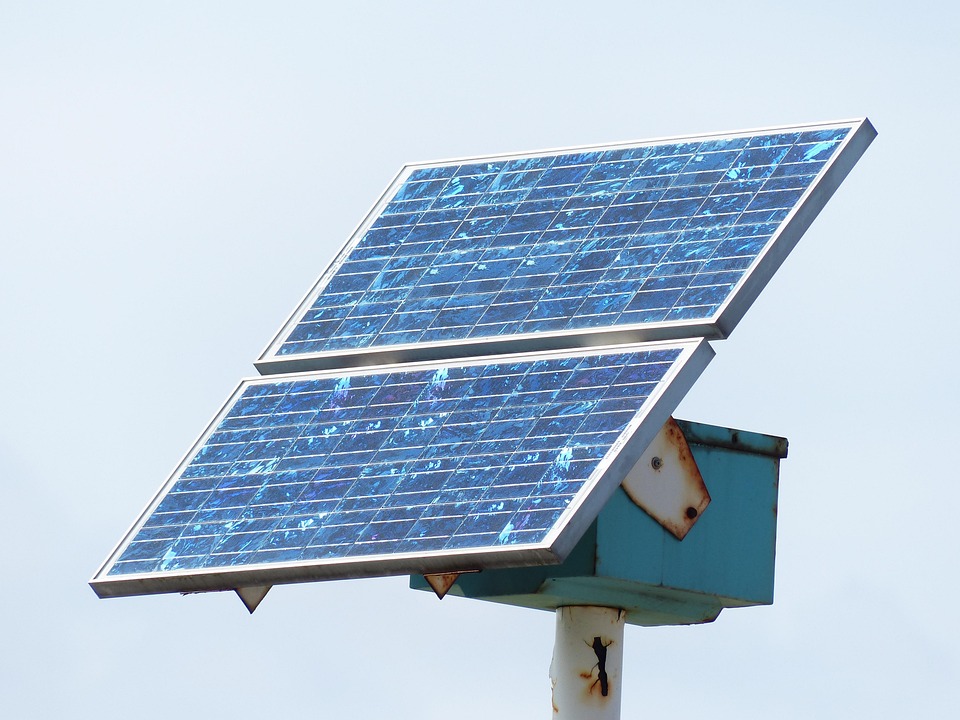**“Solar Power and Climate Change: A Dual Solution for a Sustainable Future”**
### Solar Power and Climate Change: A Dual Solution for a Sustainable Future Waking up to the gentle sound of birds chirping and the warm rays of the sun spilling through my window has become an everyday luxury. Each morning, I feel gratitude for my solar panels, which not only power my home but also connect me to a broader purpose: sustainability. This harmonious blend of technology and nature has made me realize how pivotal solar energy can be in our fight against climate change. Let’s delve into how solar power serves as a robust solution to both renewable energy needs and climate challenges, creating a sustainable future for generations to come. ### The Synergy of Solar Power and Climate Action Climate change is an omnipresent challenge that threatens our ecosystems, communities, and future generations. Fossil fuels have long been the backbone of our energy systems, but their detrimental impact on the environment is undeniable. Enter solar power — renewable, clean, and abundant. It’s every bit the superhero we need to combat the villain that is climate change. Solar power harnesses the sun’s energy to generate electricity and heat, providing a sustainable alternative that significantly reduces greenhouse gas emissions. In fact, the National Renewable Energy Laboratory reports that transitioning to solar can cut carbon emissions by over 80%. This is no mere drop in the bucket; it’s a tidal wave of positive change that can turn the tide against global warming. ### Empowering Communities with Clean Energy Solar energy is more than just panels on roofs; it’s a movement toward community empowerment. In many rural and underserved areas, access to electricity can be a pipe dream. Solar power provides an opportunity for decentralization, allowing local communities to generate their own energy, foster economic independence, and gain financial stability. For instance, consider community solar farms that allow multiple households to invest in a collective solar installation. By sharing resources, folks can enjoy lower energy bills and reduced carbon footprints. This not only combats climate change but also builds a sense of camaraderie among neighbors. ### Economic Viability: Solar Power Meets Affordability One of the most significant barriers to adopting solar energy has been its perception as an expensive option. However, the price of solar technology has plummeted over the past decade, making it far more accessible. According to the Solar Energy Industries Association, the cost of solar panels has dropped by about 89% since 2010. Moreover, financial incentives such as tax credits, rebates, and grants are available at both the federal and state levels. Being environmentally conscious doesn’t have to be financially daunting. On the contrary, investing in solar power can result in long-term savings on energy bills, making it a savvy choice for budget-conscious homeowners. ### The Technological Advancements Driving Solar Energy Tech innovations are revolutionizing solar energy and making it an even more advantageous choice. From advanced photovoltaic (PV) cells to energy storage solutions, the capabilities of solar power are continuously improving. – **Bifacial Solar Panels**: These panels capture sunlight on both sides, increasing energy production without requiring additional space. – **Energy Storage Solutions**: Innovations in battery storage technology enable households to store surplus energy generated during sunny days for use when the sun isn’t shining. This ensures a continuous power supply and further reduces reliance on fossil fuels. These advancements not only optimize the use of solar energy but also make it a viable option for a diverse range of applications, from residential to industrial uses. ### Real-Life Success Stories Across the globe, innovative solar projects are serving as beacons of hope and sustainability. Take Solar Sister in Africa, for example, which empowers women by providing them with solar products to distribute in their communities. This initiative not only improves energy access but also uplifts women economically, creating a ripple effect of positive changes. Closer to home, cities like San Diego are leading the charge by implementing city-wide solar initiatives, resulting in significant decreases in both energy costs and carbon emissions. These success stories serve as powerful reminders that when we harness solar energy, we aren’t just powering homes; we’re catalyzing communities and inspiring change. ### Pro Tips for Solar Power Adoption Whether you’re contemplating solar energy for your home or just curious about its benefits, here are some pro tips to optimize your solar power journey: 1. **Assess Your Energy Needs**: Before investing in solar, calculate how much energy your home consumes and consider any future changes (e.g., buying an electric vehicle). 2. **Evaluate Options**: Research various types of solar panels and inverters. Each comes with distinct efficiencies and features, so choose the one that best fits your needs. 3. **Consider Location**: The placement of your solar panels can significantly impact their efficiency. Ensure they’re installed where they can capture maximum sunlight. 4. **Tap into Incentives**: Don’t forget to look into federal and state incentives that could lower the cost of installation and boost your return on investment. 5. **Stay Informed**: Solar technology evolves rapidly. Stay updated on advancements and local solar developments, which can provide additional savings or opportunities. ### Bridging the Gap: Solar Energy and Climate Policy To truly unlock the potential of solar energy, innovative climate policies must be enacted. Governments play a critical role in incentivizing sustainable practices. Implementing and enforcing regulations that promote renewable energy resources can set a framework that accelerates solar adoption. For instance, those policies could include mandatory renewable energy standards for utilities or incentives for businesses that commit to solar energy. To make a meaningful impact, discarding outdated energy policies in favor of those that support the transition to clean energy is crucial. ### A Bright Future Ahead As we stand at the crossroads of climate change and energy consumption, solar power offers a pathway to a brighter future. Its dual role of combating climate challenges while providing credible solutions for energy independence makes it an invaluable asset. By embracing solar energy, not only can we work toward a cleaner planet, but we can also define a


